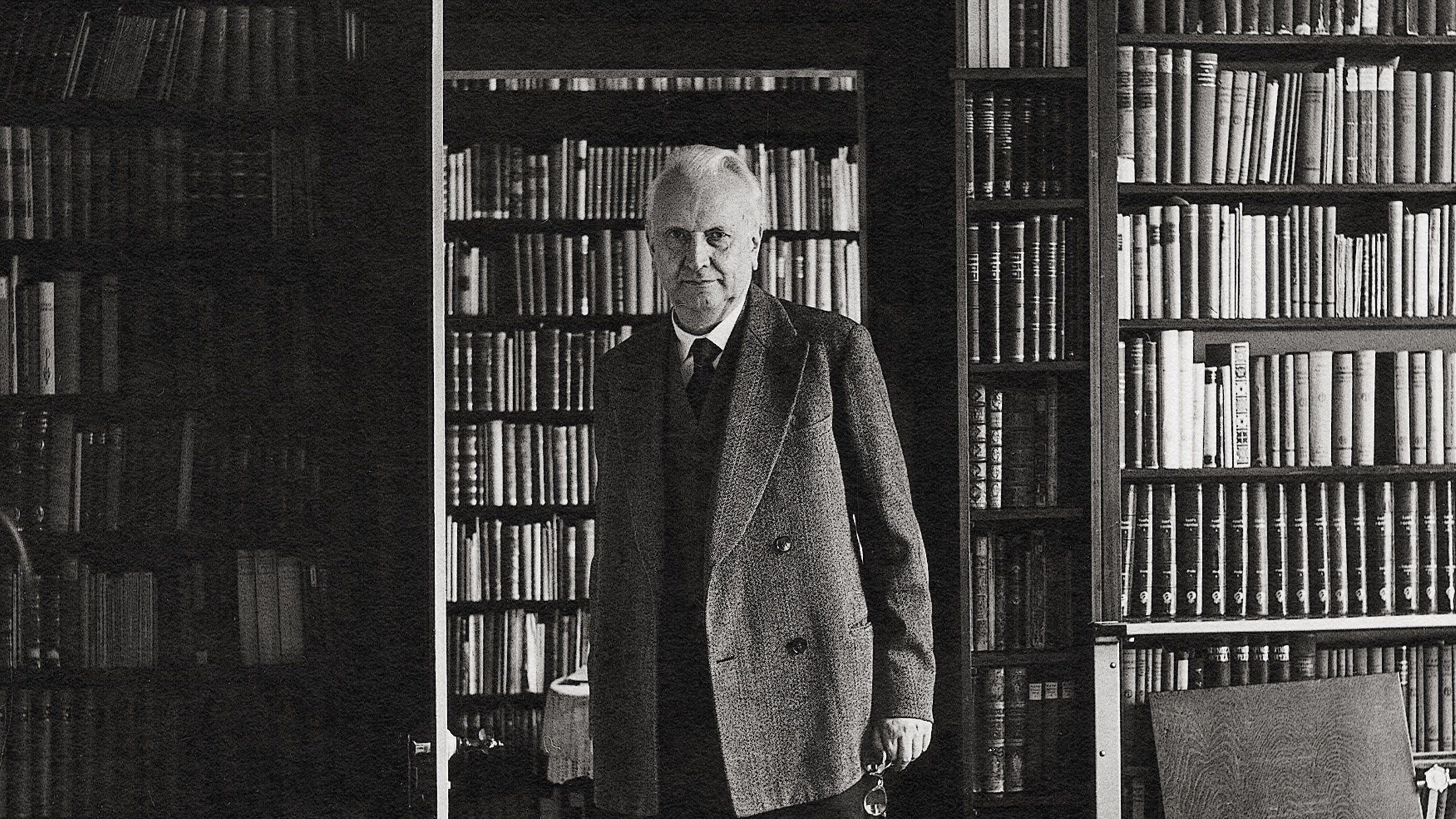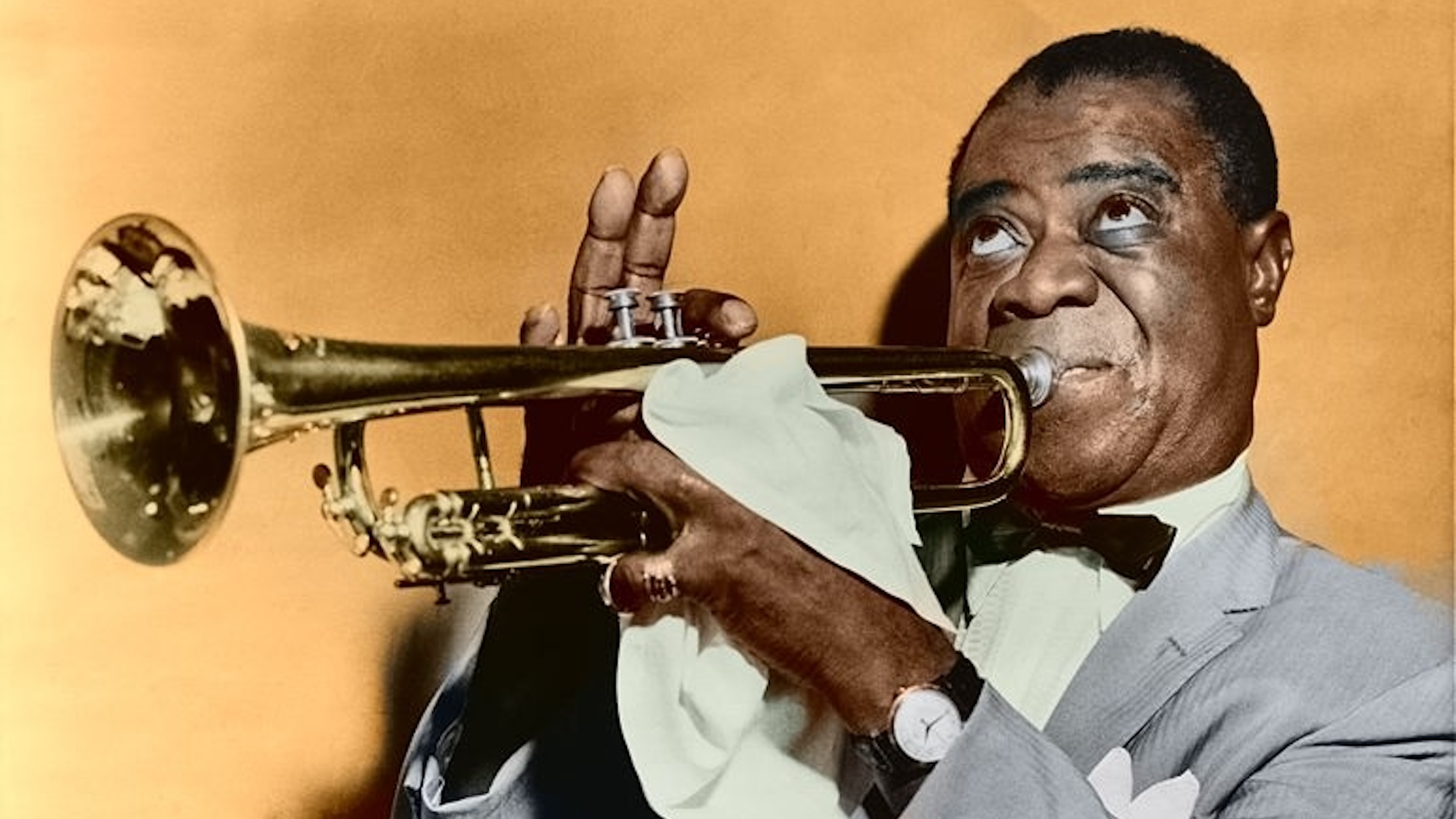How elite rescue swimmers stay calm in life-or-death situations

- Brian Dickinson, a former U.S. Navy Aviation Rescue Swimmer, reflects on the power of staying calm under pressure in his 2024 book Calm in the Chaos.
- In this essay inspired by the book, Dickinson covers a 1986 rescue in which a rescue team narrowly escaped a close encounter with a cargo ship in the open ocean.
- In moments of chaos, having the presence of mind to act decisively can be the key to survival and success.
In 1986, the USS Lexington aircraft carrier was operating at night in the Gulf of Mexico when it received a distress call from a U.S. Coast Guard dispatcher. A boat had capsized and up to 20 people were in the water, suggested an initial report.
Aviation Rescue Swimmers Bill Gibson and Rick Williamson, plus their aircrew, launched from the USS Lexington in an SH-3D Sea King helicopter toward the area of interest. The crew rigged the cabin for rescue.
Shortly after arriving on the scene and conducting a box search pattern, the left-seat pilot spotted a strobe light flashing a mile in the distance. The pilots approached a life raft with four souls on board, an unexpected sight given the initial intel. The pilots brought the helicopter to a 40-foot hover and lowered Gibson and Williamson into the pitch-black, high-sea state. The pilots then backed off the aircraft to provide space from the ferocious rotor wash for the swimmers to conduct their rescues.
After establishing communication and assessing the in-shock victims in the raft, the rescue swimmers towed the victims one at a time to the hovering SH-3D, hoisting them to safety. As Gibson pulled his final survivor into the circle of thrashing water beneath the helicopter, he gave a thumbs up for the crew chief to lower the rescue strop. At that point, he noticed the helicopter move away from him and his survivor. For a brief moment, he had no idea what was going on as he processed the possibilities. Was there an engine failure? Were they low on fuel? Was there a hoist malfunction?
The horrified Gibson then turned to his left and saw the unthinkable. A 400-foot cargo vessel steaming straight toward them! Without hesitation, Gibson grabbed hold of his survivor and intensely began flutter-kicking to the right of the fast-approaching ship. They were both being sucked under the massive keel as he swam with all his strength. As the cargo ship plowed forward, it created a massive wake of waves, which the rescue swimmer fought with all his strength to prevent them both from being sucked under and crushed. After what seemed like forever, they finally reached the aft of the ship, where they could hear and feel the haunting, massive three-story-high propellers violently chopping through the night ocean. They were then uncontrollably pulled toward them as the rescue swimmer took a final breath of air and pulled the survivor underwater.
Gibson frantically kicked deep down into the pitch-black ocean as the water-depth pressure crushed their ears. The deafening pounding of the propellers reverberated through the water. Amid the chaos, he remembered his life being eerily calm as he knew it wasn’t if, but when they would be hacked to pieces. He just kept kicking. He would never stop kicking. Then everything went completely silent and peaceful. They had both astonishingly made it down and under the cargo ship’s propellers. Moments later, they surfaced on the other side of death in the ship’s wake. They survived the impossible!
Aviation Rescue Swimmer, Bill Gibson, was in the right place at the right time to conduct a standard nighttime rescue. However, when the unthinkable happened he had a critical choice to make: When a barge was about to crush him and his survivor, he could have easily released the victim to save his own life. But he chose to do the right thing when it mattered most, never considering an alternative option. Even if that meant dying himself to save another. His unrelenting grit and ability to face his fears exemplify the rescue swimmer motto: “So Others May Live!”
Calm in the chaos
Have you been in the right place at the right time and had the opportunity to make the right choice? Did you make the right choice or did a barrier outside your control leave you paralyzed, unable to make a decision until it was too late? I’ve experienced every version of the above scenario. I’ve walked away proud of some decisions and carried shame for others. But in all my experiences, I’ve learned valuable lessons to help better shape my future.
As a former US Navy Aviation Rescue Swimmer and Mount Everest solo summiteer, I’ve learned a few things about critical thinking, overcoming fears, and leaning into adversity. During my time served, I deployed twice to the Persian Gulf during Operation Southern Watch, flying countless mission sets. But it wasn’t until after my 2011 survival experience in the death zone, where I became completely snow-blind while alone on the summit of Everest, that I started some major self-reflection.
My full experience is described in my book, Blind Descent: Surviving Alone and Blind on Mount Everest. The most common question I’ve been asked since that horrific event is how I didn’t panic at the top of the world. Besides a miracle from God, it really came down to my years of intense military training and experiences as an Aviation Rescue Swimmer. Our training taught us to remain calm in every situation, as panic kills. Every helicopter flight brought the possibility of facing our fears and overcoming unthinkable trauma. The few men and women who make it through the grueling training are expected to jump from a hovering aircraft into the unforgiving ocean to rescue panicked survivors suffering from shock — who often attack their rescuer, trying to use them as flotation. The Navy program has one of the highest attrition rates because most people aren’t wired to operate in such a chaotic and unpredictable environment.
A decade after my Everest climb, and repeatedly being asked the same question about my ability to remain calm, I decided to conduct some research and write another book, Calm in the Chaos: True Tales from Elite U.S. Navy Aviation Rescue Swimmers, focusing on the training and experiences of U.S. Navy Aviation Rescue Swimmers, like Bill Gibson and Rick Williamson.
I also interviewed Aircrew and Aviation Rescue Swimmers spanning from the Apollo 13 astronaut extraction, Vietnam Combat Search and Rescue missions, Hurricane Katrina saves, rescuing the crew from a burning submarine, survivors of helicopter crashes, and so on. Through the unique training and experiences, I’ve extracted lessons, tactics, and mindsets that can directly transfer to people who are panicking in their own lives. (I’m also grateful to have my wife, JoAnna, contribute her wisdom and experiences as a Christian Counselor throughout each chapter to help soften the delivery of the applicable lessons.)
Stories like Bill Gibson’s represent extreme cases, but everyone can learn from and apply these lessons to their own lives where fear prevents us from moving forward. Those who have built grit into their normal lives can face difficult setbacks in life and choose to continue propelling forward. In hard times, it’s perseverance that gets you through. If you see quitting as an option then more often than not, that’s what you’ll choose.
Just like how the men and women rescue swimmers must deal with the chaos and unpredictability of harrowing rescues, we all have unique traumatic events at times in our lives. Things can be uncertain and there might even be chaos, but what we do in those adverse times predicts our mindset and ability to be resilient and come back stronger from life’s setbacks and learn from them. It’s not about if we fail or succeed, it’s about if we learn from the experiences to create a healthier approach to life in the future.





